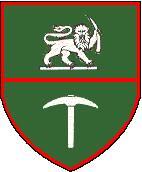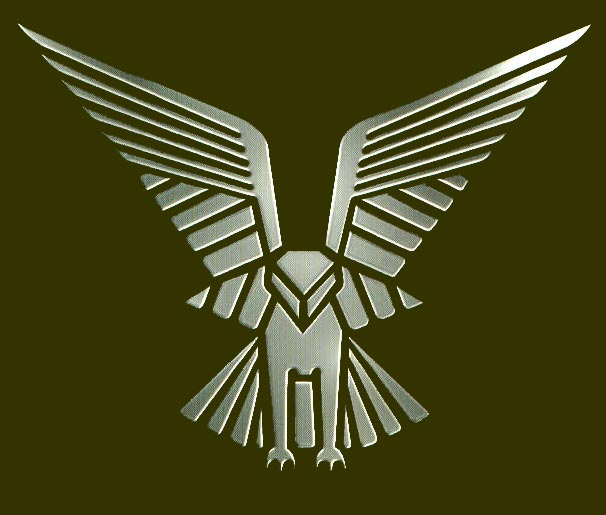|
Preface
Anti-terrorist operations (ATOPS) are
fought on a wide front: the army forces, various government departments and
the civilian population all have a role to play. In implementing the
anti-terrorist action contained herein, members of the army forces must
appreciate the vital need for cooperation and the under-standing of each
other's characteristics and capabilities.
ATOPS warfare probably places a greater
burden of responsibility on the individual than does any other form of
conflict. It connotes small groups and light scales. Catch-words are:
thorough training, self-discipline, skill at arms, initiative, guile,
endurance and above all, the will to win.
Definitions
- Insurgent: An indigenous or
foreign national not recognized as a belligerent by international law,
aiming to overthrow a government by force. In revolutionary war the terms
"guerrilla, 'I "revolutionary," "terrorist" or
"insurgent" are used on occasion to indicate differences in the
opposition. When it is not necessary to indicate specific differences,
however, "insurgent" is used to cover all the roles implied by the
foregoing terms. It is also taken to include such additional terms as
"saboteur," "enemy" "insurrectionist" or
"rebel," where applicable.
- Terrorist: A supporter of a
dissident faction (in fact, an insurgent), who is trained for or resorts to organized
violence for political ends.
- Insurgency: A form of rebellion in
which a dissident faction instigates the commission of acts of civil
disobedience, sabotage and terrorism, and wages irregular warfare in order
to overthrow a government. In its ultimate stages it could escalate to a
conflict on conventional lines. Although insurgency often starts internally,
it has seldom been known to succeed without outside assistance, support and
encouragement.
- Counter-insurgency (COIN): All
measures, both civil and military, undertaken by a government, independently
or with the assistance of friendly nations, to prevent or defeat insurgency.
(Refers to the Rhodesian Security Forces)
- Counter-insurgency operations (COIN
Ops). Counter-insurgency operations are the military aspects of
counter-insurgency. These consist of: Anti-terrorist operations (ATOPS), Psychological operations
(PSYOPS), operations in support of civil
authorities (OSCA).
- Anti-terrorist operations (ATOPS):
Any military operation against terrorists.
- Psychological operations (PSYOPS):
An action conducted over a predetermined period of time and consisting of
the application of various coordinated measures, directed at the population
in general or the inhabitants of a specific area or social group, own armed
forces, or at the enemy in accordance with determined doctrines and
techniques. They are conducted by military forces, civil authorities or by
both in conjunction with each other, to achieve an objective of
psychological action.
- operations in support of civil
authorities (OSCA): Any military operation in support of civil
authorities, which involves primarily the maintenance of law and order and
essential services, in the face of civil disturbance and disobedience.
- Military forces (MF): All
military, paramilitary and police forces engaged in counter-insurgency
operations.
- Contact: Any form of encounter
between military forces and terrorists, other than a mere sighting.
- Incident: A terrorist act
resulting in a criminal offence being committed, or interference with the
rights of others.
- Border control operations:
Border control or counter-penetration operations conducted with the aim of
securing our own borders and preventing the enemy from crossing, or
preventing supplies, reinforcements, etc. from crossing to support enemy
elements that may have succeeded in penetrating. This includes the
elimination of the enemy and the destruction of his transit facilities in
border areas.
- Area operations: Operations
carried out with the aim of covering an area with a framework of military organizations, working in close cooperation with the civil authorities, in
order to eliminate the enemy who may have established himself in the area,
or who may have infiltrated the area.'
- Military forces: The forces of
the army, air force and navy.
- Auxiliaries: Individuals or
groups of the local population who are organized and controlled by the
military forces, to assist with and support counter-insurgency operations.
- Frozen area: A clearly defined
area, in which military forces are precluded from operating for a fixed
period of time. Any military force already operating in the area to be
declared frozen will be withdrawn from such an area at least four hours
before the set period.
- No-go area: An area from which all
civilians are excluded by an order of the protecting-authority, to ensure
that they do not become involved in operations conducted by military forces
against terrorists. Only authorized members of the military forces will move
in no-go areas. No action may be instituted against them for any death or
injury caused to any person within the area by any act performed in good
faith in the course of operations conducted during the time while the order
is in force.
|




